Environmental Science and Engineering
The curious task of watching liquid marbles dry
Understanding how liquid marbles behave as they evaporate provides valuable insights into these unique structures and their potential applications.
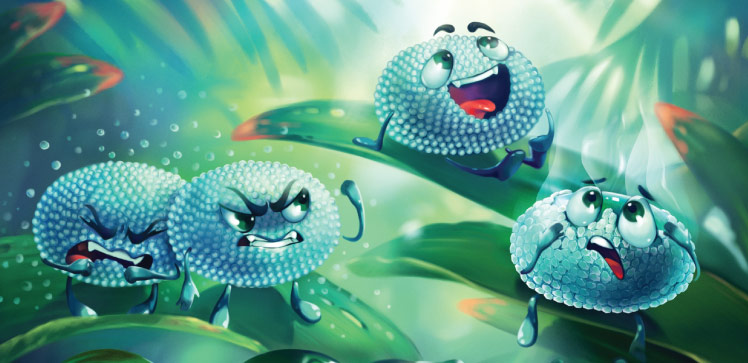
KAUST researchers study liquid marbles to build a mathematical model that accurately predicts their evaporation behavior. © 2021 KAUST. /en/article/1177/the-curious-task-of-watching-liquid-marbles-dry
KAUST researchers study liquid marbles to build a mathematical model that accurately predicts their evaporation behavior. © 2021 KAUST. /en/article/1177/the-curious-task-of-watching-liquid-marbles-dry
A comprehensive framework for studying the evaporation behavior of liquid marbles is helping KAUST researchers to better understand these tiny biological structures.
Liquid marbles were first discovered during a study of the behavior of aphids — tiny insects that live inside plant galls. Aphids drink nectar, then excrete sticky, sugary substances into their confined living space. To avoid drowning in their own excretions, the insects coat the sticky fluid with wax particles, creating tiny liquid marbles with a hydrophobic outer layer that they cannot stick to.
Scientists quickly realized the value of such a system for transporting tiny amounts of intact liquid over a surface without “wetting” it. Further applications for liquid marbles include miniature biochemical reactors and pollution monitoring.
“Even though the water surface of a liquid marble is covered by hydrophobic (water-repellent) particles, they can still evaporate faster than bare water droplets. This counterintuitive fact stoked our curiosity,” says Adair Gallo Jr, the Ph.D. student who worked on the study alongside Himanshu Mishra and colleagues.
Currently, there is an incomplete understanding of how particle size, friction between particles and liquid-particle interactions influence the marbles’ evaporation behavior. The team studied marbles formed from particles with different hydrophobic natures, surface roughness and sizes, varying from nano to micro.
Using high-speed imaging, Gallo found that liquid–particle and particle-particle interactions critically influenced evaporation behavior, and he grouped them into three cases. Firstly, marbles formed from particles with high liquid-particle adhesion and moderate interparticle friction kept their total surface area intact as they deflated, leading to faster evaporation and flattened shapes. Most marble examples fell into this category.
For the second case, Gallo experimented with microscale silica particles coated with nanoscale particles that exhibited ultra-water-repellence.
“As these liquid marbles evaporated, they ejected particles from their surface and remained spherical; we had not expected to see this,” says Gallo. “This happens because of very low liquid–particle and interparticle forces. Curiously, this case showed the same evaporation rates as bare water droplets.”
The third case involved sticky nanoparticles that interacted closely with each other but not with the liquid inside. As the liquid evaporated, the particles were pushed out from the water surface to form a multilayered coating. The marbles retained a spherical shape but evaporated at much slower rates because of the thicker particle layers.
The team used these data to build a mathematical model that accurately predicts the evaporation behavior of all the liquid marbles studied in this work and numerous other published reports.
“Our curiosity-driven research has led to a solid analytical framework for thinking about these soft squishy objects,” says Mishra.
References
- Gallo Jr, A., Tavares, F., Das, R. & Mishra, H. How particle-particle and liquid-particle interactions govern the fate of evaporating liquid marbles. Soft Matter 17, 7628-7644 (2021).| article
You might also like
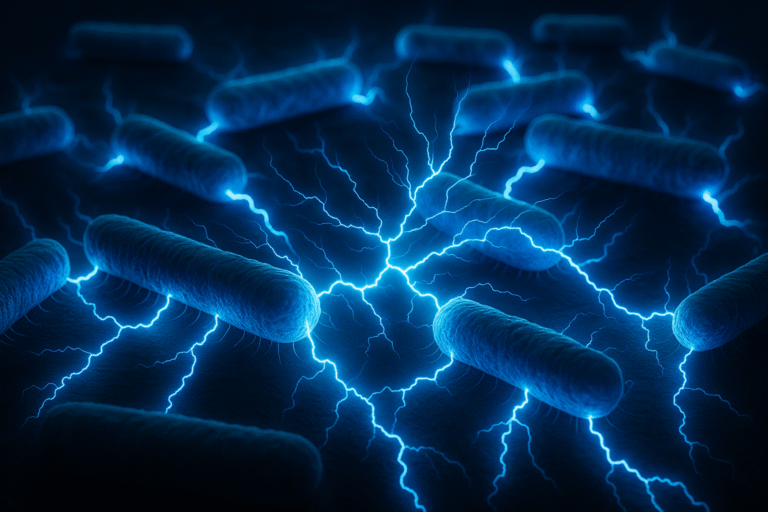
Environmental Science and Engineering
Bacteria reveal hidden powers of electricity transfer
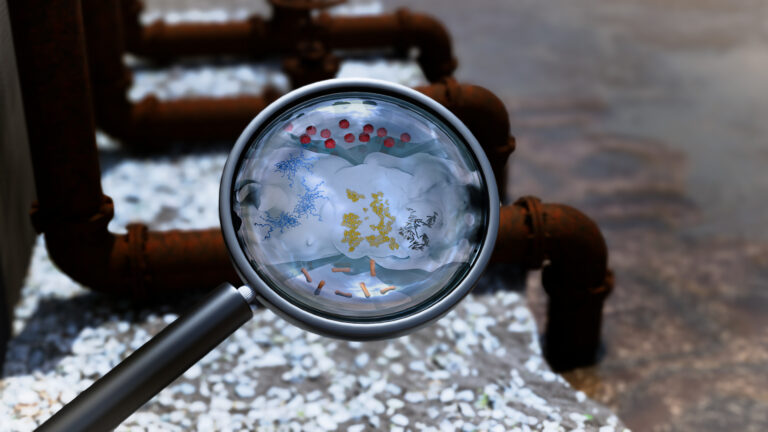
Environmental Science and Engineering
Wastewater surveillance tracks spread of antibiotic resistance

Bioscience
Super fungi survive extreme Mars-like environments

Environmental Science and Engineering
Rethinking food systems to restore degraded lands
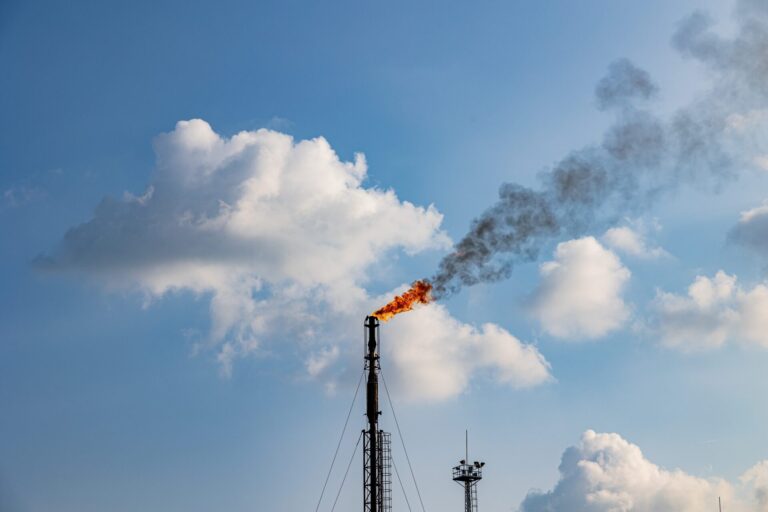
Environmental Science and Engineering
Combat climate change by eliminating easy targets
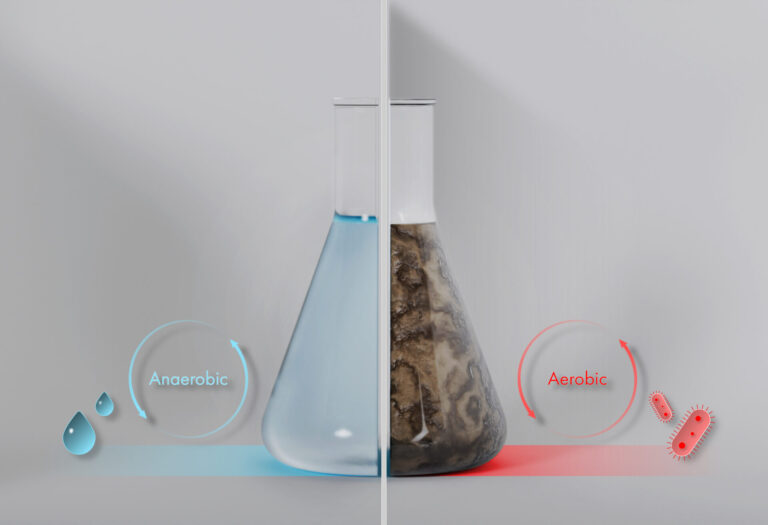
Environmental Science and Engineering
Wastewater treatment to fight the spread of antibiotic resistance

Bioscience
Digging into the world of plant-growth-promoting microbes

Bioscience




